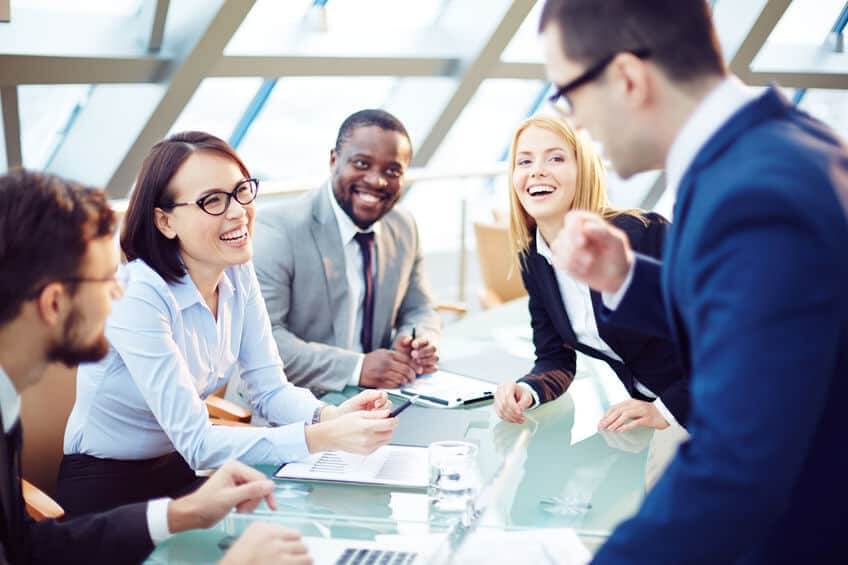How many times has something gone wrong, and suddenly you’re faced with an upset customer, friend, or family member?
Your first instinct might be to blurt out a quick “sorry” and try to fix the problem. I think we have all been conditioned as kids to say “sorry” and make amends. But there’s a better way to handle this, and it can turn a potential disaster into an opportunity to strengthen relationships.
Let’s talk about the psychology of apologies and how to master the art of what I call “effective recovery”. This isn’t just about smoothing things over; it’s about creating genuine connections.
First things first – let’s ditch the “sorry.” I know, it sounds counterintuitive, but hear me out.
“Sorry” is more of a state of being, and it doesn’t really drive any action. Instead, try saying, “Please forgive me.” This does two powerful things: it creates a command (in a good way), and it subtly encourages the other person to step into a more empathetic mindset. It’s like you’re inviting them to be part of the solution.
A big part of The Human Factor™ is understanding how to drive the results through human behavior. Many years ago, my speaking mentor Jeffrey Gitomer shared with me a strategy that I still use to this day. I call it the React, Respond, and Recover method. This is where the magic happens.
1. React:
This is the step most people miss, and it’s crucial. When something goes wrong, your first move should be to react – almost over-the-top – to acknowledge the gravity of the situation.
For example, if a customer’s food is cold at a restaurant, instead of just offering a replacement, the manager might say, “Oh no! Cold food is absolutely unacceptable. This must be so disappointing for you, especially after you’ve taken the time to come to our restaurant.”
This reaction shows that you truly understand the impact of the problem. It validates the other person’s feelings and shows that you’re taking the issue seriously.
2. Respond:
Now that you’ve acknowledged the problem, it’s time to address it directly. This is where you might say, “Please forgive me. We pride ourselves on serving hot, delicious meals, and we’ve clearly fallen short of that goal.”
Remember, we’re not just saying sorry – we’re asking for forgiveness and acknowledging the gap between expectations and reality.
3. Recover:
Finally, we move to recovery. This isn’t just about fixing the immediate problem; it’s about going above and beyond to turn the experience around.
“Let me personally own this and work with the Chef to prepare a fresh meal for you right away. While you’re waiting, it would be an honor for you to enjoy an appetizer as my gift to you. I am grateful you said something and allowed me the opportunity to make this right.”
The key here is to make the recovery memorable – in a good way. You want the person to walk away thinking, “Wow, they really cared about making this right.”
Why does this method work so well? It’s all about psychology:
- Validation: By reacting strongly, you’re showing that you understand the other person’s feelings. This immediately diffuses tension.
- Empathy: Asking for forgiveness encourages the other person to step into a more understanding mindset.
- Ownership: You’re taking full responsibility for the situation, which builds trust.
- Above and Beyond: The recovery step shows that you’re not just fixing a problem – you’re committed to creating a positive experience.
This works wonders in both personal and professional settings. Whether it’s a cold meal, a missed deadline, or a forgotten anniversary, the React, Respond, and Recover method can turn professional conflicts into meaningful connections.
If you’re like most of us, you’ll have an opportunity to leverage this strategy.
So when something goes wrong, take a deep breath and remember: React, Respond, and then Recover. You’ll be surprised at how a moment of conflict can become an opportunity for genuine connection.
It’s never about being perfect – it’s about how we handle the imperfections that really matters.
As a co-founder of The Constance Group, I’m at the forefront of revolutionizing sales and leadership strategies worldwide. Our difference? The proprietary “Sales Funnel©” methodology—an innovative approach that significantly enhances selling processes, complemented by our programs in leadership, negotiation, and sales development.
Our distinct edge lies in our personalized approach. Prior to any keynote or workshop, I personally collaborate with stakeholders and attendees to develop a tailored, impactful program. This commitment goes beyond content delivery; it’s about crafting actionable insights that participants can immediately leverage for real-world impact.
Rooted in behavioral science, our strategies offer profound insights into human behavior, empowering your team to navigate complex scenarios with positive outcomes. Our sessions are designed to be engaging and memorable, mixing potent messages with humor and narratives that not only resonate but also inspire lasting change.










